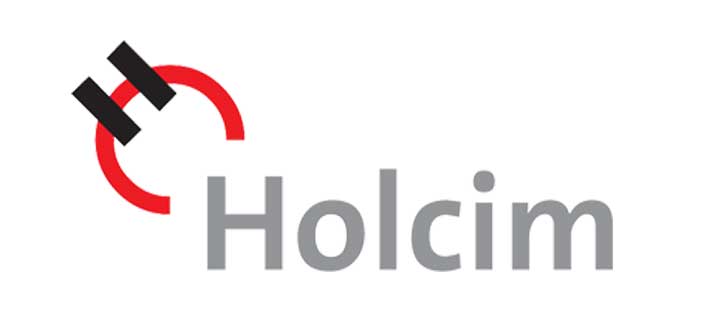JONA, SWITZERLAND—A proposed merger between cement giants Holcim Ltd. and Lafarge SA would form the world’s biggest cement maker in a deal with significant market concentration implications for Canada and many other countries around the world.
The two companies are already among the world’s largest suppliers of cement, crushed stone and sand and gravel and Lafarge has a number of operations on Manitoulin Island, including a massive quarry operation at Meldrum Bay and a deep water terminal at Birch Island where Portland cement powder is delivered for resale to other manufacturers of concrete and concrete products in addition to Lafrage’s own array of ready mix plants, including one located at M’Chigeeng.
The new combined producer would have an annual revenue of about US $40 billion and, according to media reports, the management of the two companies believe they will be required to sell assets representing about 18 percent of that revenue to satisfy competition regulators in the major markets the companies now serve.
“It isn’t an idle concern,” suggested former Lafarge terminal manager Father George Gardner. “They will be such a huge company they would be outside of the control of any government. If that company were to decide to create a shortage or surplus, it could literally happen overnight.”
In Canada, Lafarge and Holcim together employ about 9,000 people and have a lock on about half of the country’s cement market, according to the Cement Association of Canada in 2008. The industry is largely based in central Canada, with most operations in Ontario and Quebec.
The merger will have to meet the concerns of 15 competition authorities worldwide and roughly two-thirds of the assets that will need to be divested by the two giants would be located in Europe. Assets in Canada, the United States, Brazil, India and China may also be sold to meet the regulatory concerns.
The news isn’t all bad for the two giant’s competitors, as those businesses, such such as James Dick Construction Ltd from Bolton, northwest of Toronto, have suggested that the merger could create an opportunity for them to grow their own businesses by buying what Lafarge and Holcim are forced to discard to meet regulator’s requirements. James Dick Construction specializes in aggregates, such as those produced at Lafarge’s Meldrum Bay operations.
Power Corporation company, Groupe Bruxelles Lambert is Lafarge’s largest shareholder with a 21 percent stake and is in favour of the merger proposal. Groupe Bruxelles Lambert would own about 10 percent of the merged company.
The global recession pared back a lot of the demand for building materials, forcing some companies into the red over the last few years. By merging operations, the cost savings and efficiencies for the two companies could amount to more than 1.4 billion euros (or US $1.9 billion).
There is about a 1.2 million ton per year of unused capacity in Quebec currently, while operations in eastern Pennsylvania and New York tally in at about 600,000 tons. Rationalization of supply would reduce a competitive shackle currently holding the two giants in check.
According to media reports, Lafarge shareholders would receive one Holcim share for every Lafarge share and Holcim investors would end up with 53 percent of the group under the merger deal. The merged business would be based in Switzerland and listed on the Zurich and Paris exchanges.
Together the two companies boast about US $7.8-billion US in annual sales in North America, according to a management presentation prepared for investors. But that only places North America as the third-largest region of importance. It is Europe and Asia that loom largest for the construction oriented companies.
Lafarge chief executive Bruno Lafont would lead the merged company.
A typical review can last as long as four months. Complicating the proceeding is the fact that, between the two of them, the companies operate in 90 countries. With some 60 percent of their gross sales taking place in emerging markets where infrastructure development is still naiscent and the demand for building materials is expected to continue to grow. The benefits for the merged company have a lot to do with complementary market share. Lafarge has greater presence in mature North American and European markets, while Holcim is more active in the faster growing markets of Asia and Latin America.
The two companies are very close in size. Holcim employs around 71,000 people and has production sites in around 70 countries, while Lafarge employs 65,000 people and operates in 64 countries.
The news has been good for both companies’ stock market positions, Lafarge’s stock is up 18 percent this year and Holcim’s is up around 20 percent. Lafarge could potentially almost halve its fixed and variable costs due to Holcim having a better credit rating than Lafarge and the group as a whole could benefit from lower borrowing costs. This would be very good news for Lafarge, whose debt is rated as junk by Standard and Poor’s and Moody’s.





